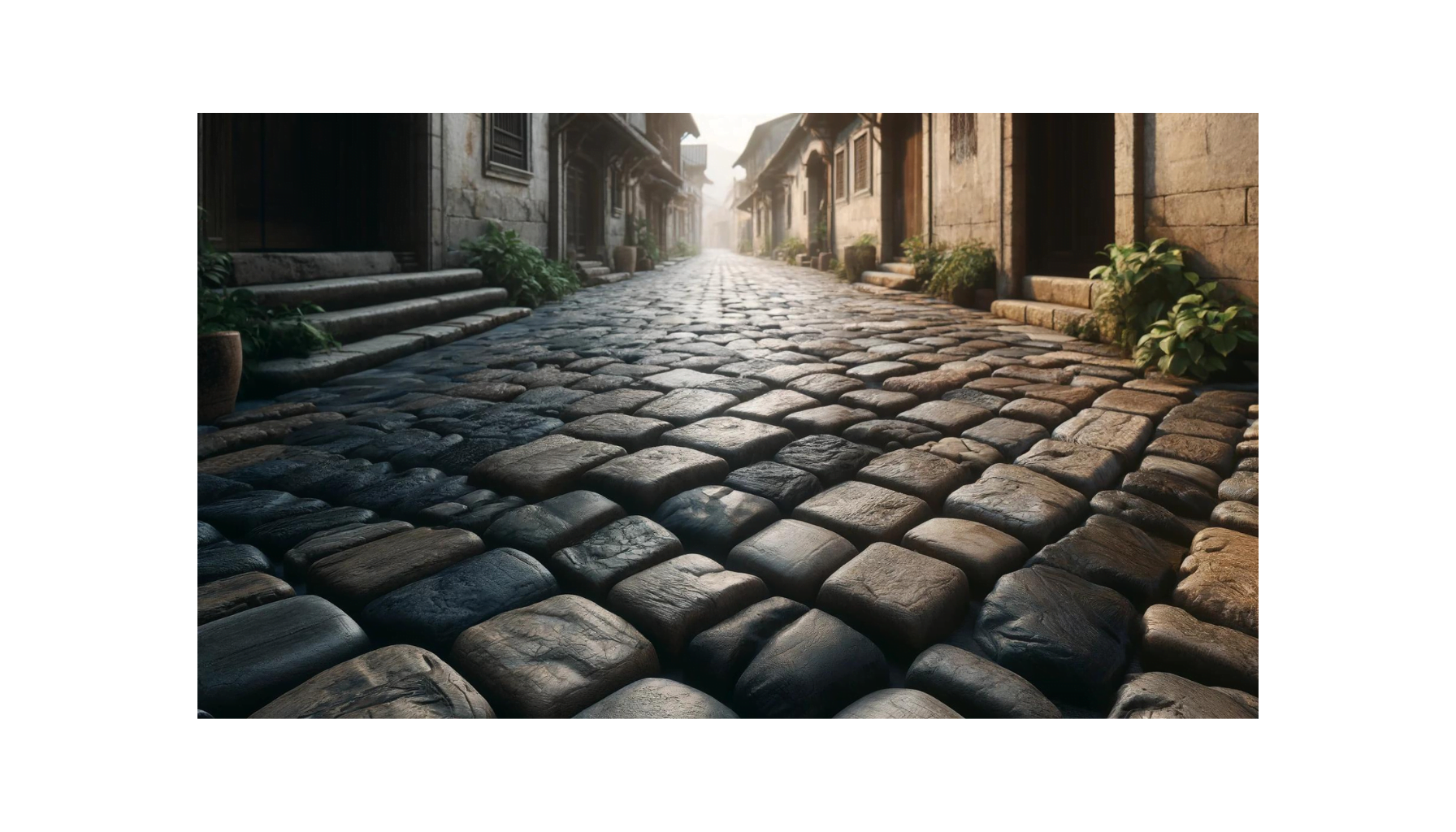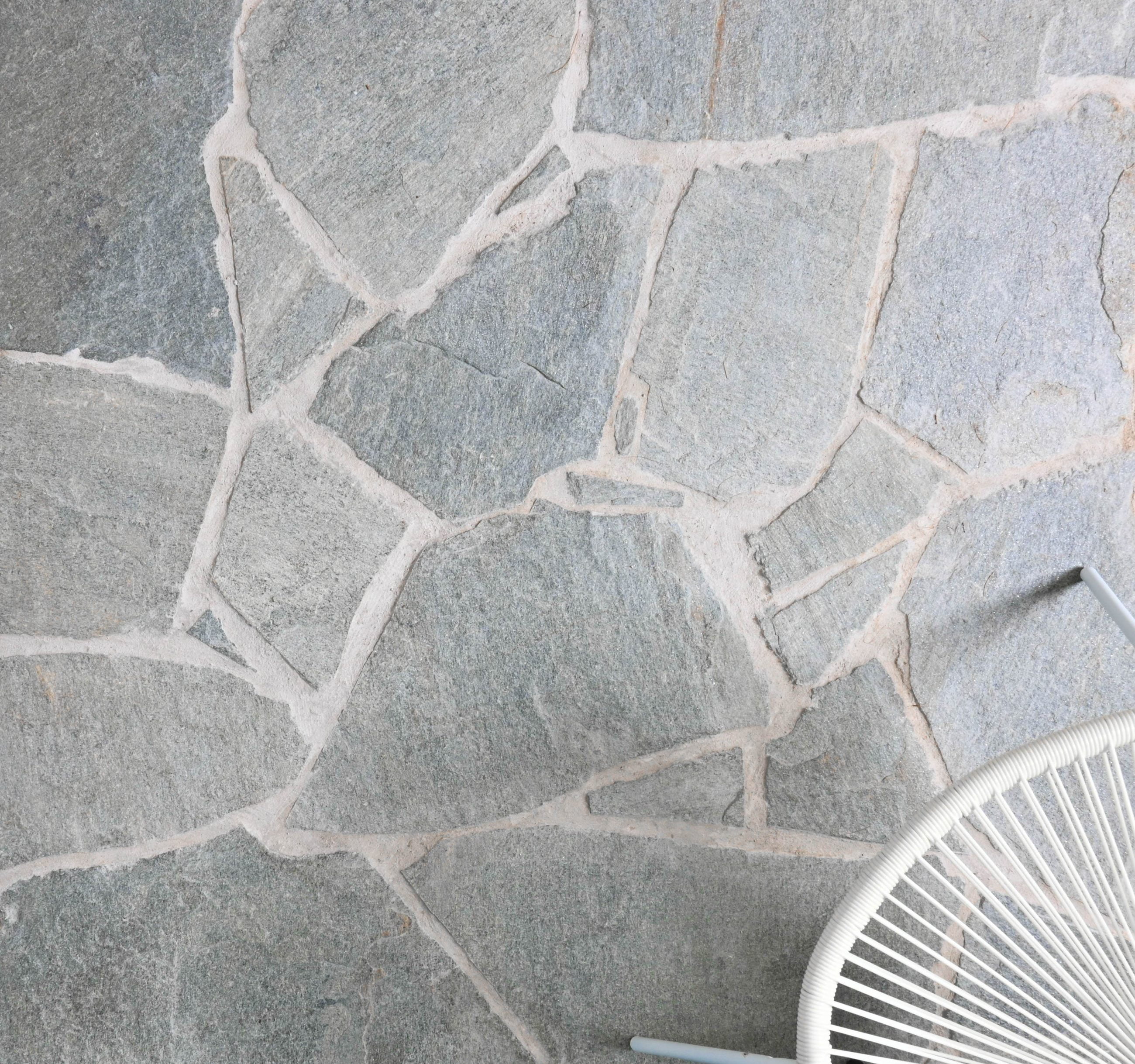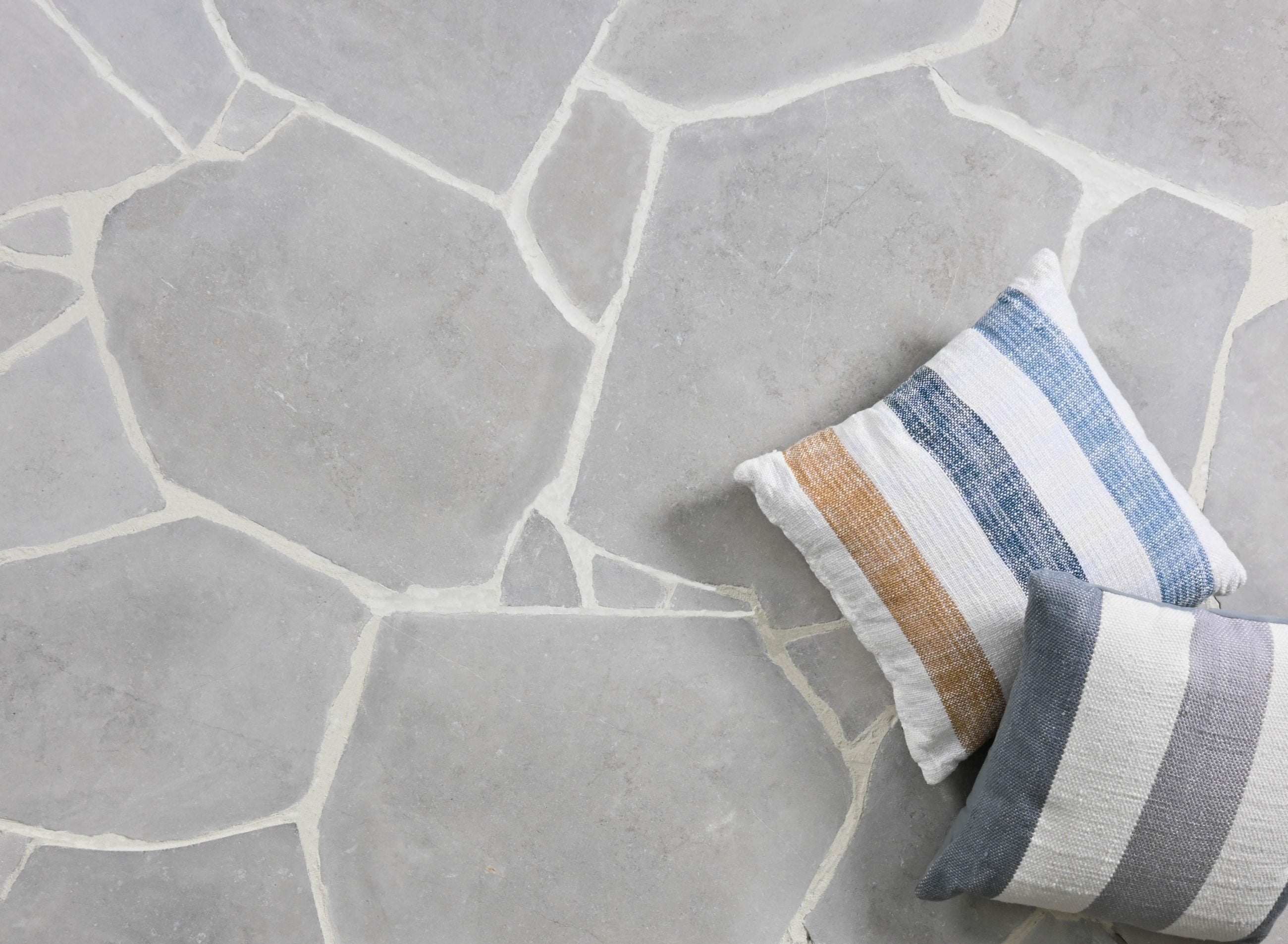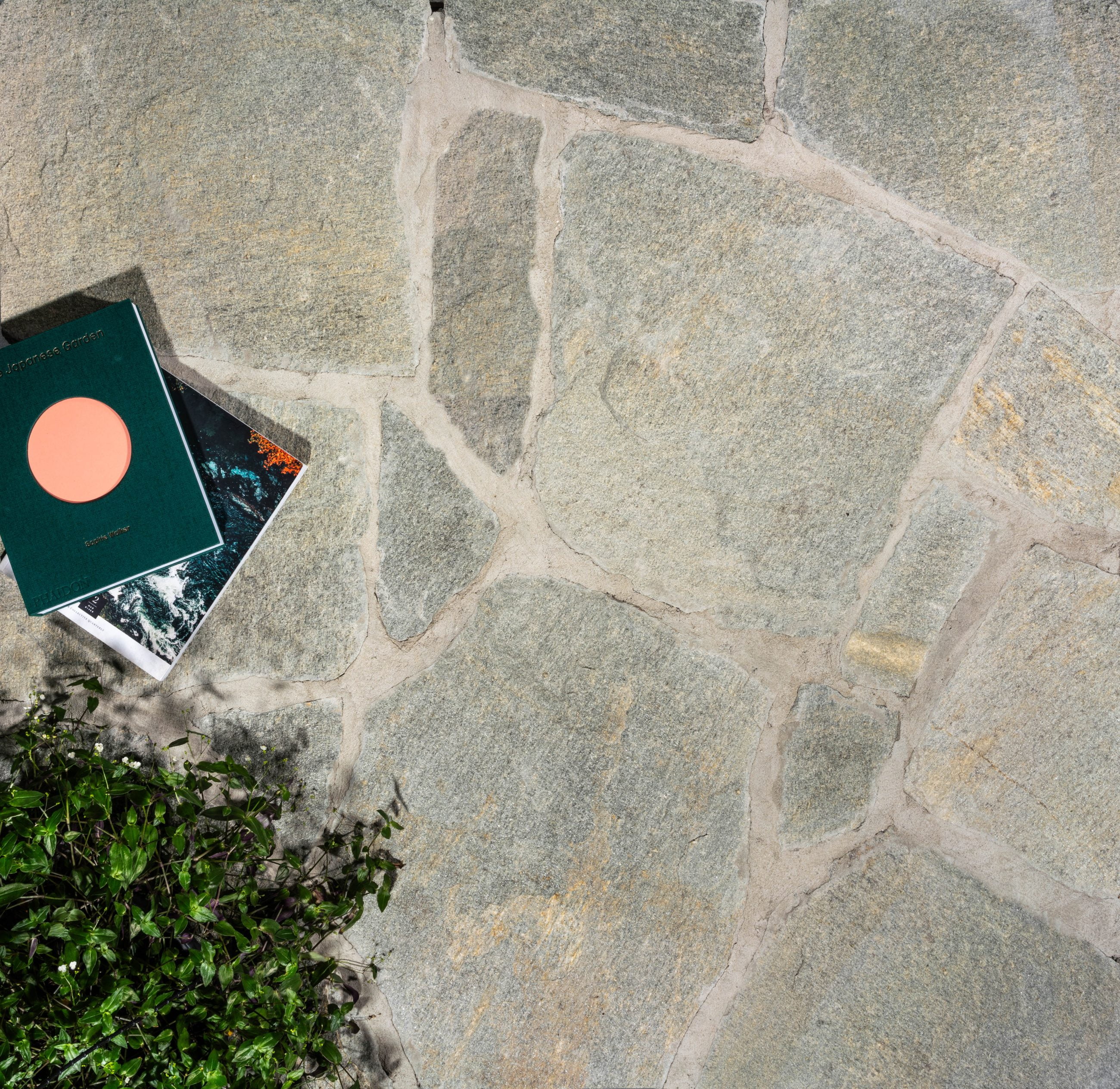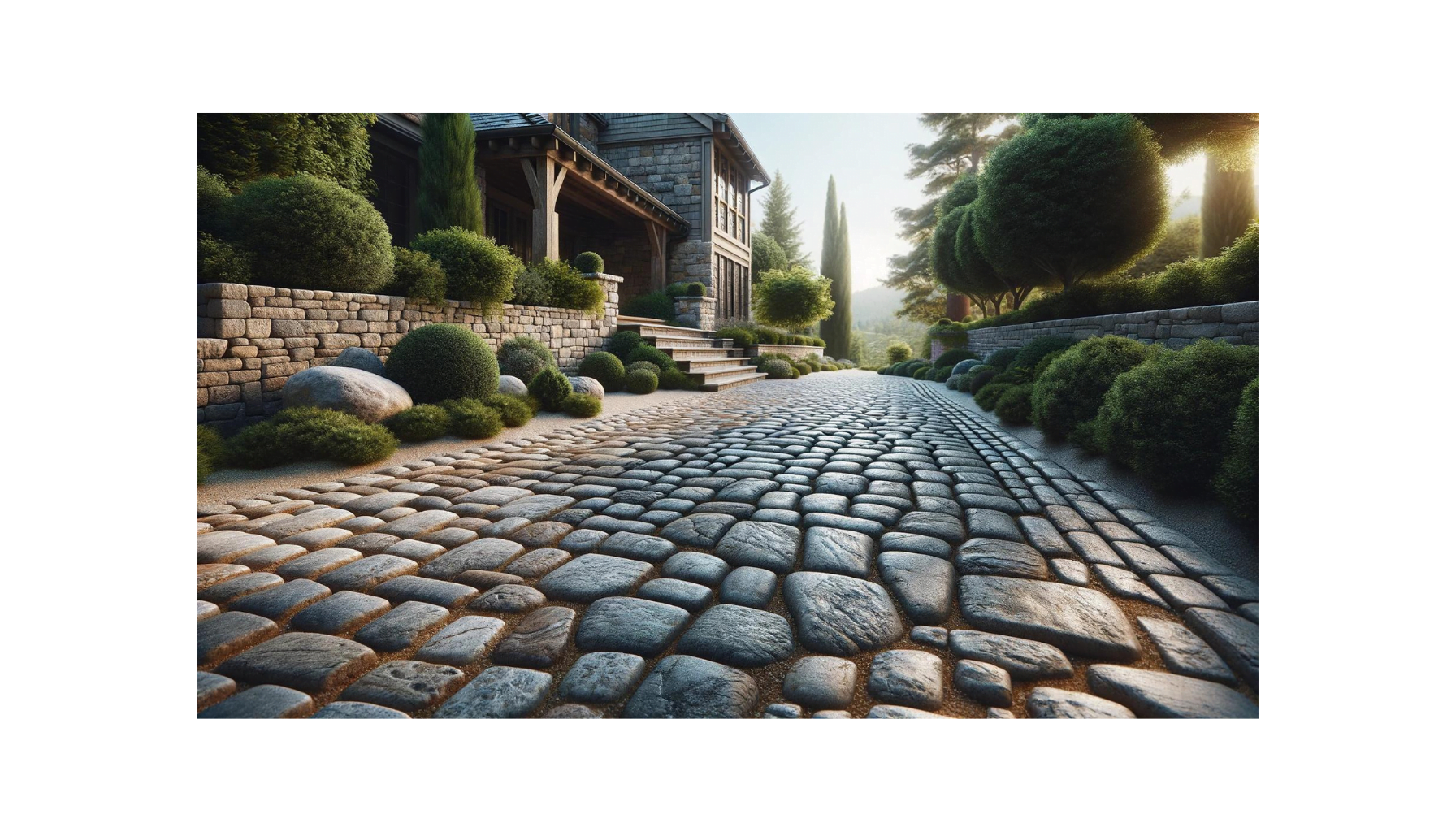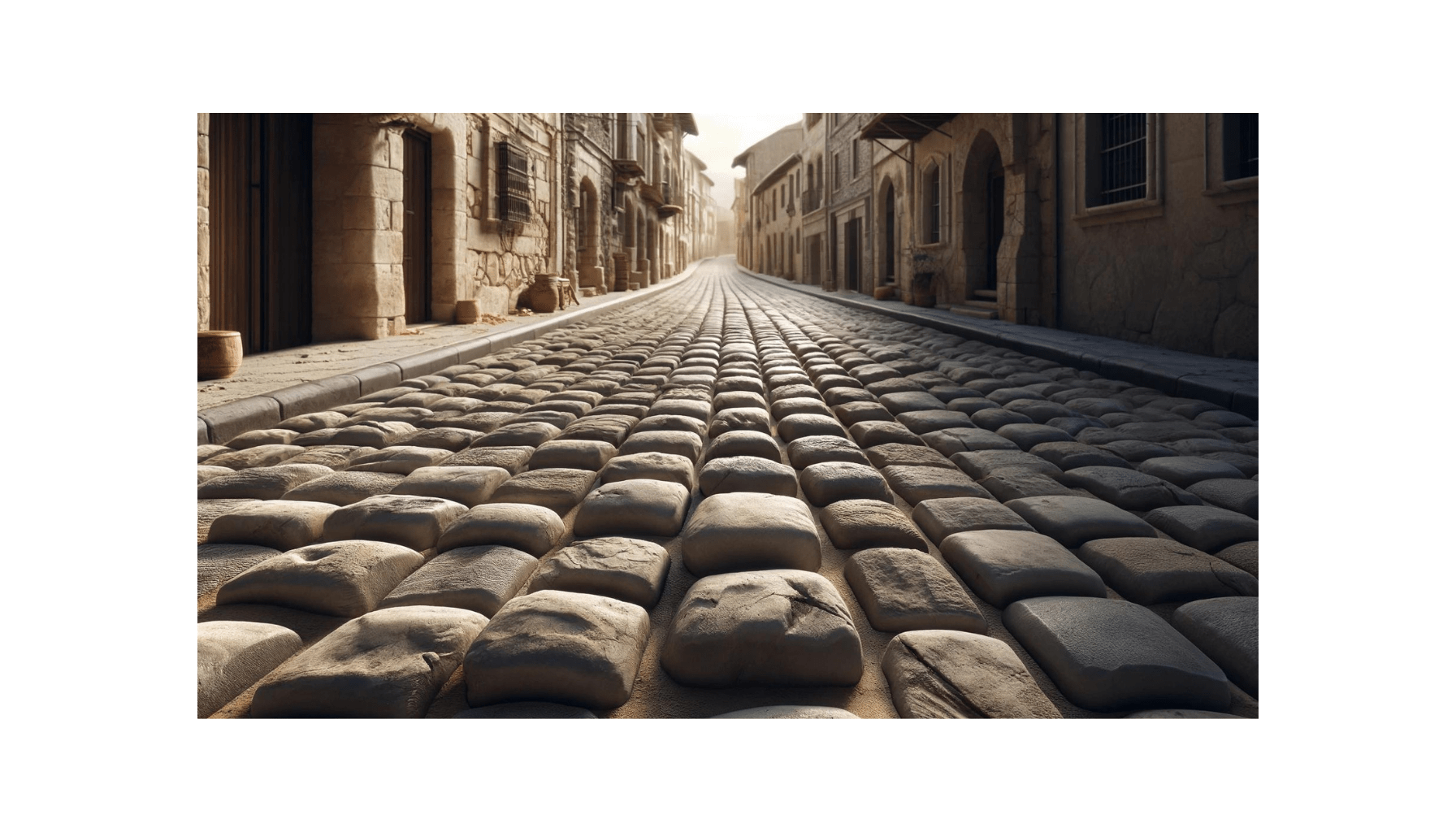Cobblestones have been a beloved paving material for centuries, gracing the streets and landscapes of cities around the world.
These iconic stones have stood the test of time, offering durability and aesthetic appeal. But what exactly are cobblestones made of? This article will delve into these timeless paving stones’ rich history and unique composition, exploring what makes them so enduring and captivating.
The History of Cobblestones
Ancient Origins
Cobblestones have a long and fascinating history that dates back to ancient times. The Romans were among the first to extensively use these natural stones in their road network, which spanned thousands of miles across their vast empire. These early cobblestones created reliable and durable transportation routes to withstand heavy traffic and the elements.
Cobblestones in Medieval Europe
During the medieval period, cobblestone paving experienced a resurgence in popularity throughout European cities. The term “cobblestone” itself can be traced back to the 15th century, derived from the word “cob,” which referred to a rounded lump or stone.
Cobblestones in the New World
As European settlers made their way to the New World, they brought the tradition of cobblestone paving with them. Many colonial American cities, such as New York and Boston, began to replace their dirt and oyster shell roads with cobblestone streets. Over time, the use of cobblestones evolved, with the introduction of Belgian blocks and setts, which offered a more uniform and smoother surface.
The Composition of Cobblestones
Traditional Cobblestones
Traditional cobblestones were sourced from naturally rounded stones in riverbeds and glacial deposits. These natural stones, typically 2 to 10 inches, were carefully selected and laid by hand in an interlocking pattern. The gaps between the stones were often filled with sand or mortar to create a stable and durable surface.
Quarried Cobblestones
As the demand for cobblestone paving grew, there was a shift towards using quarried stones that offered flatter surfaces and more regular shapes. These quarried cobblestones were typically made from durable igneous rocks like granite and porphyry, as well as hard limestones and sandstones. When properly maintained, quarried cobblestone roadways could last for centuries.
Modern Cobblestone Materials
Cobblestones are available in various natural stone materials, colors, and finishes today. Granite and porphyry remain popular for their strength and durability, while other options like limestone and sandstone offer unique textures and hues. Modern cobblestone paving systems, such as cobblestone mesh, have also been developed to simplify installation and ensure a consistent, even surface.
Conclusion
With their rich history and unique composition, Cobblestones have remained a beloved and enduring paving material for centuries. From their ancient origins to their modern-day applications, cobblestones have proven their versatility, durability, and timeless appeal. Whether used in residential landscaping, such as driveways, pavements in public spaces, or historic preservation projects, cobblestones can transform any space into a captivating and functional environment that stands the test of time.
If you’re considering incorporating cobblestones into your landscaping or architectural project, take inspiration from the countless examples of successful cobblestone installations around the world. With their natural beauty, strength, and character, cobblestones will surely add a touch of timeless charm to any space.
Frequently Asked Questions
- What is the difference between cobblestones and setts? Cobblestones are naturally rounded stones typically found in riverbeds or glacial deposits, while setts are quarried and cut into regular, rectangular shapes. Setts offer a more uniform and smoother surface compared to traditional cobblestones.
- How long have cobblestones been used as paving materials? Cobblestones have been used for centuries, with evidence dating back to ancient Rome. They gained widespread popularity in medieval Europe and are still used in historical and modern contexts.
- What are the most common types of stone used for cobblestones? The most common types of stone used for cobblestones include igneous rocks like granite and porphyry, hard limestones, sandstones and basalt. These materials are chosen for their durability, strength, and aesthetic appeal.
- Are cobblestones suitable for high-traffic areas? Cobblestones are well-suited for high-traffic areas due to their exceptional durability and resilience. Cobblestone paving can withstand heavy vehicle and pedestrian traffic for centuries when properly installed and maintained.
- How do cobblestones contribute to a space’s aesthetic appeal? Cobblestones offer a timeless charm and character that can enhance the aesthetic appeal of any space. The natural variations in color, texture, and pattern create a visually captivating surface that complements various architectural styles and landscaping designs.
- Can cobblestones be used for both residential and public landscaping projects? Yes, cobblestones are versatile and can be used in both. They are commonly used for driveways, pavements, walkways, patios, and garden borders in residential settings and for streets, pedestrian areas, and public spaces in urban environments.
Discover cobblestones’ timeless beauty and durability for your next landscaping or architectural project. At Cinajus, we offer a wide range of high-quality cobblestone products, including traditional and modern options, to help you create captivating and long-lasting outdoor spaces. Visit our website at https://www.cinajus.com.au/ or contact our expert team to learn more about how these natural stones can transform your project and stand the test of time.
March 2025
